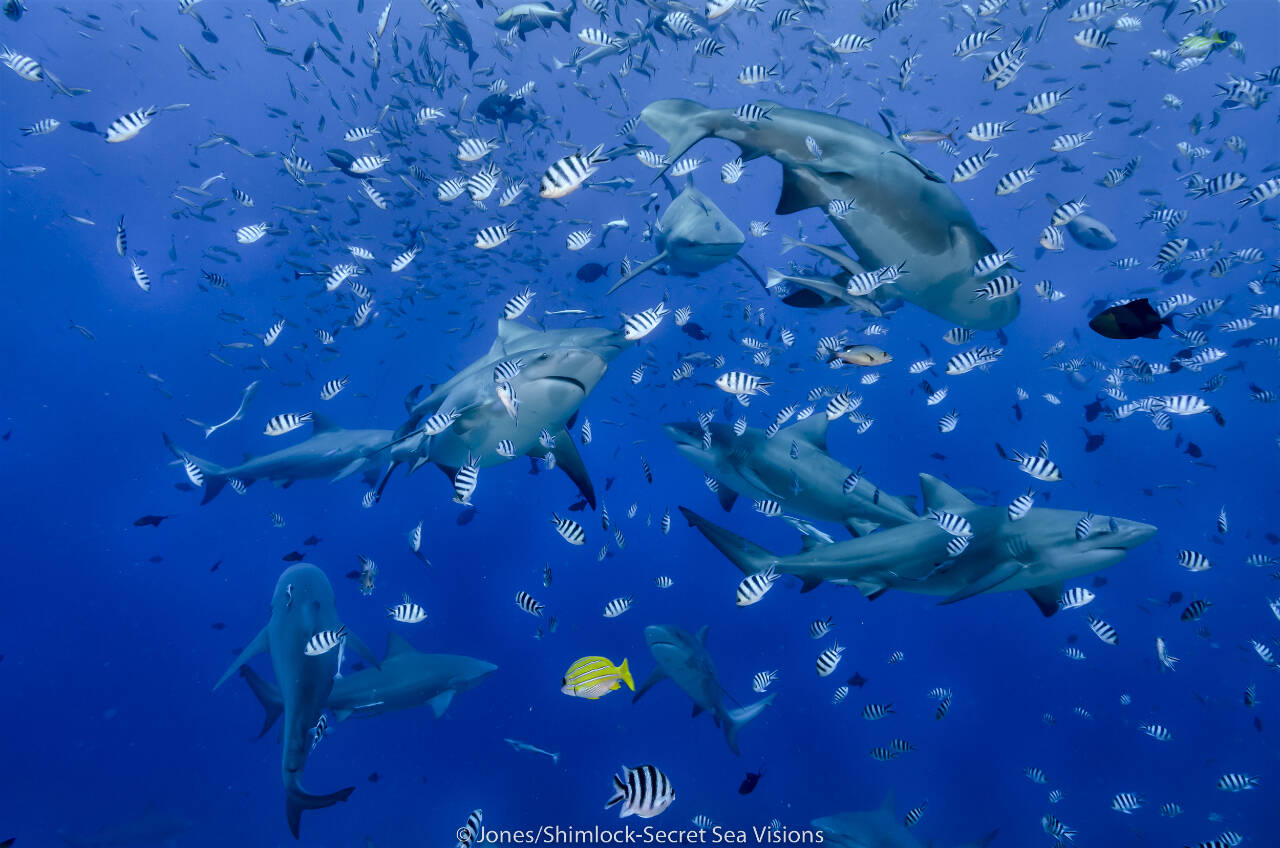A very prophetic thing happened in late 2018: we decided the dive trip we had booked to Indonesia for early 2020 would be the last time we led land-based or underwater travel adventures.
Prophetic, because we now know the world, especially for dedicated travelers, shut down in late March 2020 just a couple of weeks after we returned. We had thought it was time for two 70-year-olds to quit working so hard!
In our innocence of what was to occur, we planned three extraordinary adventures: Diving in Fiji and Tonga, two back-to-back safaris in Tanzania, and a month in Indonesia’s southern Raja Ampat to photograph the world’s most biodiverse tropical marine environment.
After the borders closed, however, we realized we weren’t quite ready to stop seeking out new opportunities to explore.
We felt so fortunate to be exactly where we were, at home in the Pacific Northwest, which was (and still is) an unending source of inspiration.
During our talk for the Traveler’s Journal, we will take the audience on a visual escape to the Fiji’s spectacularly colorful reefs and the Shark Reef Marine Reserve just south of the main island of Viti Levu, which is a gathering place for hundreds of bull, black-tipped and gray reef sharks.
From Fiji it’s a short flight to Tonga, where one of the six groups of southern humpback whales congregate to mate and calve in protected waters off Vava’u. After giving birth, mature females remain in Tonga while their newborns fatten up for the nearly 4,000-mile return trip to their Antarctic summer feeding grounds.
If anything could top snorkeling with humpbacks, it’s watching the great migration of wildebeest cross the Mara River between Kenya and Tanzania’s Serengeti plains. The Serengeti is full of spectacular animals, and we were extremely fortunate to sight one of the most elusive and rare, a melanistic serval. We stayed at three remote camps observing raucous cheetah cubs, masses of elephants, and tree climbing leopards.
In late February 2020 we once again journeyed to Indonesia’s Raja Ampat, a place we are still actively working to preserve. Our trip focused on Misool Resort, which is surrounded by an 800-square-mile, privately controlled and patrolled marine preserve.
When the currents change, diving at Misool is like being surrounded by an underwater Serengeti-like migration of more than 1,500 fish species!
In retrospect we weren’t prepared for the shock of pandemic travel restrictions, and even though we had retired from traveling for a living, we still wanted to go places and see new sights. With little choice we got in our truck and headed out to photograph the magnificent landscapes and wildlife close to Sequim.
By the time the first restrictions had been lifted we had a new portfolio of beautiful images and had gained an even deeper appreciation for this awe-inspiring region.
About the presenters
Burt Jones and Maurine Shimlock are award-winning photojournalists who specialize in pioneering remote dive destinations, mainly around the Indonesian archipelago. Their photography has been featured in countless publications, galleries, our own Olympic Medical Center in Port Angeles and displayed at the United Nations’s first World Ocean Day.
Sustainable marine tourism consultants for Conservation International since 2008, the couple published two guidebooks, “Diving Indonesia’s Raja Ampat” and “Diving Indonesia’s Bird’s Head Seascape,” which have promoted the region’s unsurpassed marine life, and the urgent need to conserve it.
In 2012, Maurine was inducted into the Women’s Diving Hall of Fame. She was honored in 2015 with Chrysiptera maurineae, a new species of damselfish.
Burt’s contributions to conservation and marine science were recognized in 2017 with a newly named damselfish species, Chrysiptera burtjonesi.
Over the past four decades they have evolved from scuba diving adrenaline junkies to more thoughtful travelers who prioritize journeys to places that protect and conserve their natural resources, especially wildlife. Committed to conservation, Burt and Maurine use the art of photography to help preserve the natural world.
About the series
Traveler’s Journal, a presentation of the Peninsula Trails Coalition, raises funds to buy project supplies and food for volunteers working on Olympic Discovery Trail projects. Shows start at 7 p.m. at the Dungeness River Nature Center, 1943 W. Hendrickson Road.
Admission is a suggested donation is $5 for adults. Attendees are encouraged, but not required, to wear mask.
For more information, email Arvo Johnson at amjcgj@gmail.com.
2023 Traveler’s Journal Series
When: 7 p.m., Thursday, March 9 (door opens at 6:30 p.m.)
Presenters: Burt Jones and Maurine Shimlock
Presentation: “On the way to the Pandemic: Africa/South Pacific and Pac-NW”
Where: Dungeness River Nature Center, 1943 W. Hendrickson Road
Cost: Suggested $5 donation (adults)
Coming up: “Massai Mara, East Kenya” with Suzanne Anaya, March 16



